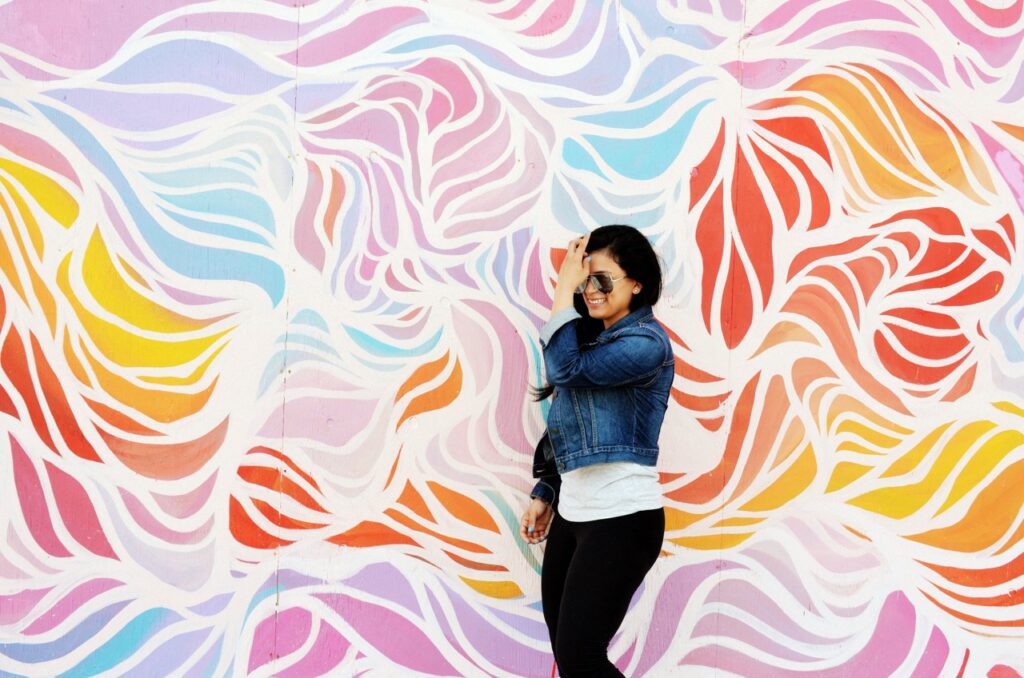The globalized world has seen a confluence of cultures, manifesting vibrantly in art and fashion. However, this blending often sparks debates on cultural appropriation and appreciation. Understanding the distinction between the two is crucial for fostering respectful cultural exchanges. This article delves into the nuanced discourse of cultural appropriation and appreciation in the realms of art and fashion.
- Defining the Terms:
- Cultural Appropriation: This refers to the adoption or imitation of elements of one culture by members of another culture, often in a manner that is disrespectful, stereotypical, or devoid of understanding.
- Cultural Appreciation: This entails learning about, understanding, respecting, and engaging with other cultures in an informed and positive manner.
- Historical Context: Cultural appropriation and appreciation are not new phenomena, but their implications have been magnified in a globalized world. Historical power dynamics and colonial legacies often underpin the discourse, adding layers of complexity.
- Case Studies in Art and Fashion: Numerous instances in art and fashion showcase the thin line between appropriation and appreciation. For example, controversies have erupted over western fashion designers using traditional ethnic patterns, or artists imitating styles intrinsic to other cultures without acknowledgment or understanding.
- The Importance of Intent and Context: The intent behind using elements from another culture and the context in which they are used play crucial roles in determining whether an act falls into appropriation or appreciation. Respectful representation, acknowledgment, and engagement with the culture in question are key indicators of appreciation.
- Educational Responsibility: Artists, designers, and consumers share a responsibility to educate themselves about the cultural significance of the elements they are engaging with. Understanding the historical, social, and political contexts of these elements is vital for respectful cultural exchange.
- Community Engagement: Engaging with communities whose cultural elements are being explored is a significant step towards ensuring cultural appreciation rather than appropriation. This engagement fosters dialogue, understanding, and mutually respectful exchanges.
- The Role of Representation: Representation matters. Ensuring that individuals from the culture being represented are actively involved and have agency in how their culture is portrayed in art and fashion is crucial for avoiding appropriation.
- Legal and Ethical Considerations: Legal frameworks like intellectual property rights, along with ethical guidelines, can provide a structure for navigating cultural exchanges in art and fashion. However, legal boundaries can be murky, and ethical considerations often take precedence.
Conclusion: Navigating the fine line between cultural appropriation and appreciation in art and fashion requires a deep understanding, respectful engagement, and an open dialogue. As the world continues to blend cultures, fostering an environment of mutual respect and understanding is crucial for enriching the global tapestry of art and fashion. Through education, representation, and respectful engagement, the realms of art and fashion can celebrate cultural diversity without perpetuating harmful stereotypes or disrespect.







